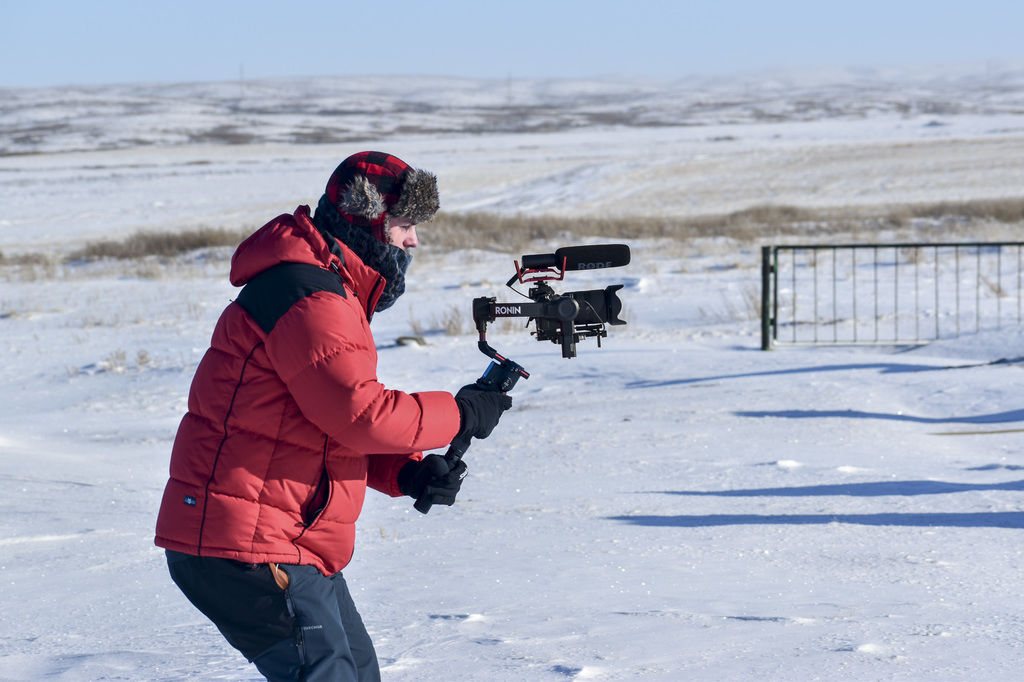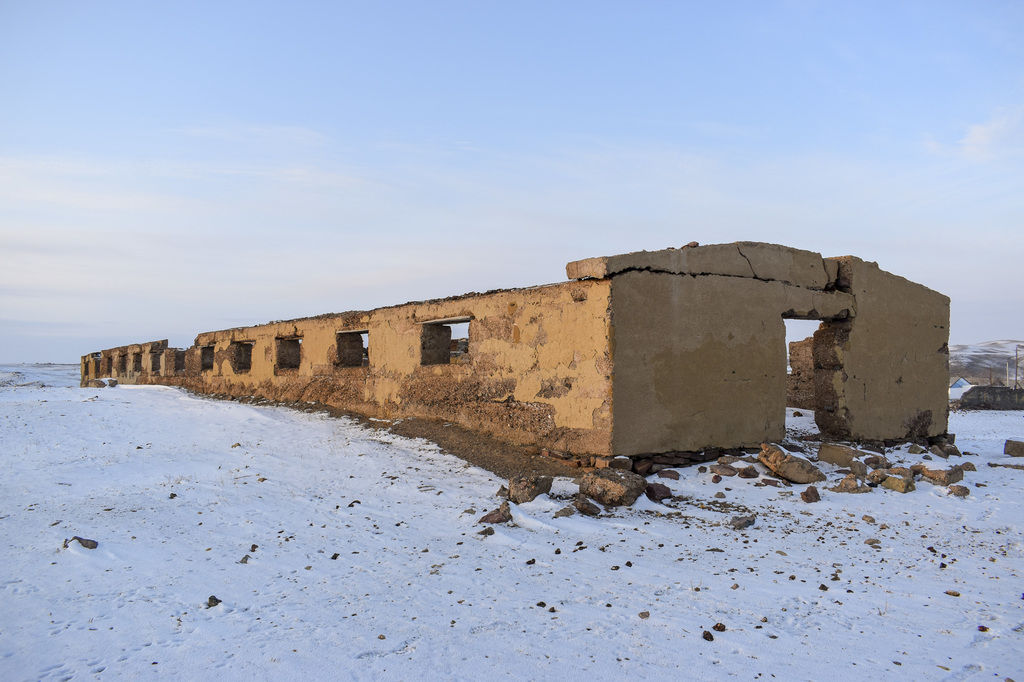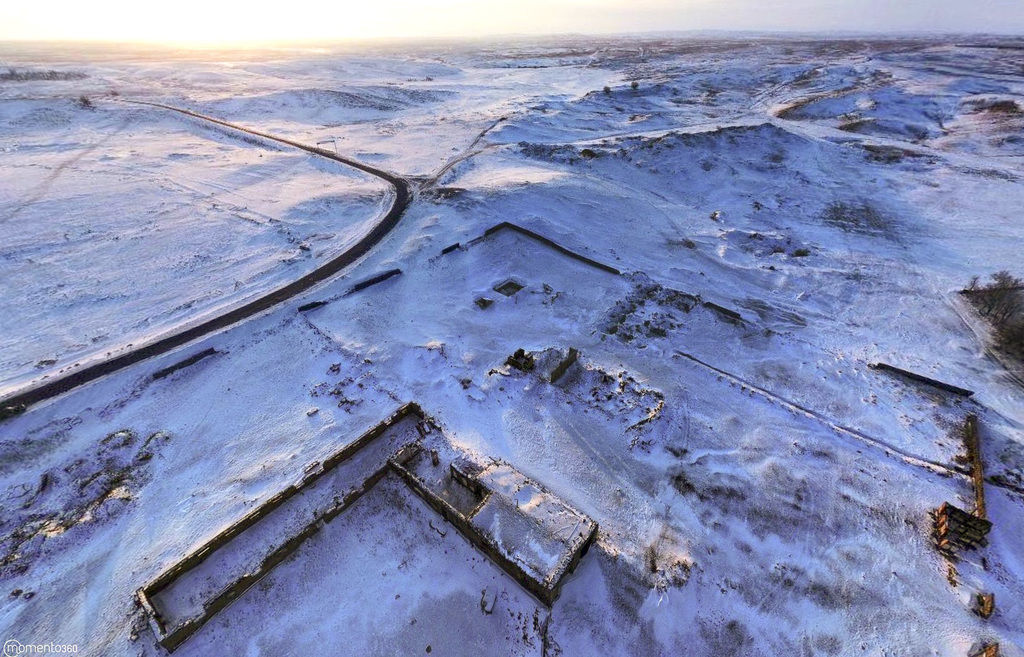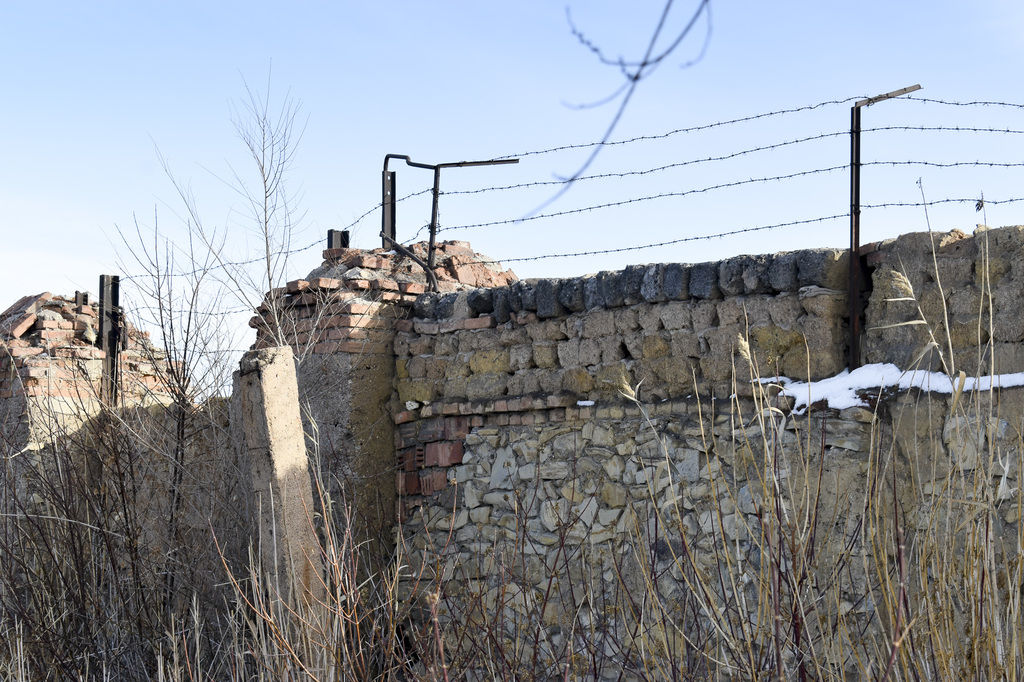A new film and website mapping Soviet repressions in Kazakhstan.
The Soviet terror left an indelible mark in today’s Kazakhstan. More than one million Kazakhs died of famine and millions of other people were deported to the country’s barren steppes from all over the then Soviet Union. Among others, the repressions also hit hundreds of Czechs and Czechoslovak citizens.
An expedition of the Gulag.cz team set out to map the remnants of the Gulag camps and the stories of their victims. A new documentary film and a new dedicated website are the outcome of the expedition.
- Both the documentary film titled Steppe and Frost and the website www.expedicekazachstan.cz that presents the research results will be launched on 5 March 2024, the anniversary of J. V. Stalin’s death.
All the results of the expedition will also be posted at www.expedicekazachstan.cz with effect from 5 March. Results included fo example 3D models and panoramic images of Gulag camp ruins and objects found inside, stories of the victims of repressions, current satellite images of the sites along with CIA’s espionage photographs from the 1950s–60s presented for a side-by-side comparison, and a wealth of other unique material.
As part of the expedition, the team visited Alzhir, the former women’s camp in Akmolinsk, the ruins of the giant Karlag camp compelx in the settlements of Dolinka and Spassk, and the remnants of the Steplag camp in and around the town of Zhezkazgan. Using non-invasive archaeological methods, they documented the ruins of the decayed camp buildings and explored the destinies of Czech victims.
The topic of Czechs and Czechoslovak citizens who fell victims to Soviet repressions on the territory of today’s Kazakhstan has yet to be explored thoroughly. Ethnic Czechs lived there before World War II; there were likely hundreds of those. Many of them suffered from the repressions, most notably during the Great Terror of 1937–1938. Other Czechs and citizens of Czechoslovakia were deported to Gulag camps in Kazakhstan from other parts of the Soviet Union. During the 1938–1945 period (and until 1946 in some cases), at least four Czech women were held in the Akmolinsk camp for the wives of ‘traitors to the homeland’ (Alzhir), and this project has helped in shedding more light on the destinies of some of them.
You can find more information on the website www.expedicekazachstan.cz.






